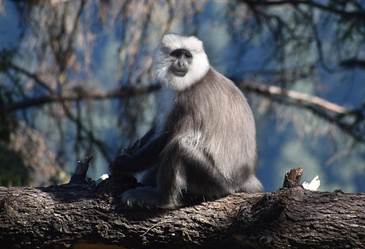Free Courses Sale ends Soon, Get It Now


Free Courses Sale ends Soon, Get It Now



Copyright infringement not intended
Context: Differing elevations of habitation make one group of Himalayan Gray Langur prefer fruits and another group relish flowers, says a study published in Journal of Threatened Taxa
Details:
About:
https://epaper.thehindu.com/ccidist-ws/th/th_delhi/issues/15183/OPS/GP0AGL9HC.1+G1JAGLQAS.1.html
© 2024 iasgyan. All right reserved